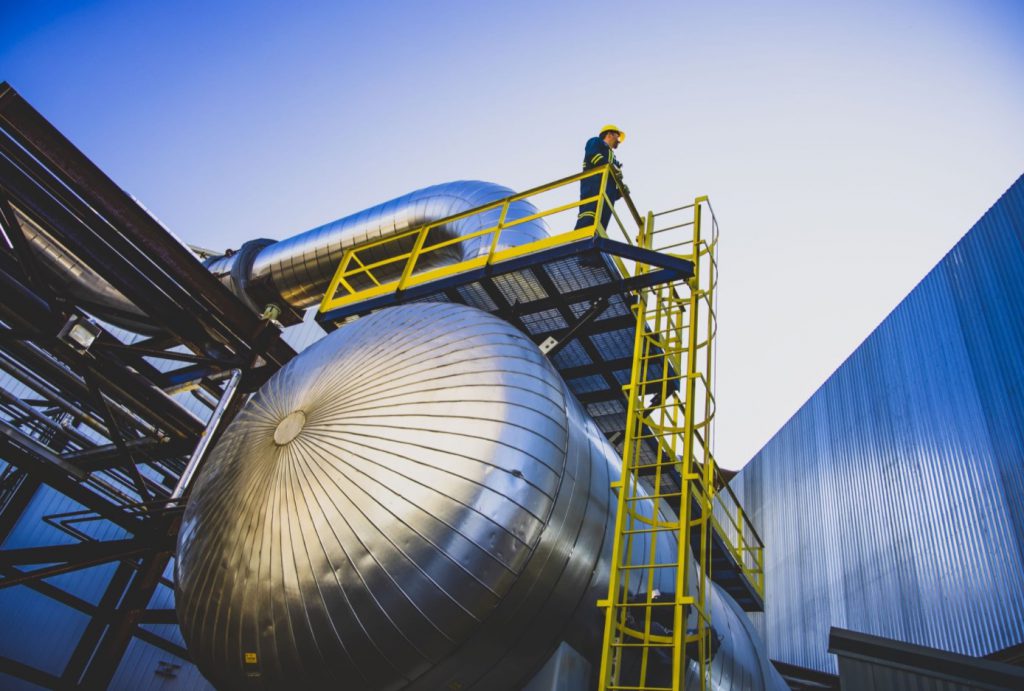Pieridae Energy to make Nova Scotia LNG decision this month

By Bruce Lantz
A project in Nova Scotia remains one bright light among Canada’s struggling LNG hopes.
Pieridae Energy Ltd. [PEA-TSX] of Calgary is expected to make a final investment decision before June 30 on its $10-billion Goldboro liquefied natural gas (LNG) plant, which is slated, if approved, to produce its first LNG in 2025-26.
That follows on the heels of the apparent disintegration of the Kitimat LNG project on the coast of British Columbia where, first, 50% operating partner Chevron Canada Ltd, the Canadian arm of California-based Chevron Corp. [CVX-NYSE], put its interest up for sale in December 2019 without success and has said it won’t fund further work on the project. Now the other equal partner, Woodside Petroleum Ltd. [WPLAX-ASX], says it plans to sell its 50% share and focus on higher-value opportunities in Australia and Senegal, although it will keep a position in the Liard Basin upstream gas resource in northern BC.
Once, 20 LNG terminals were proposed for Canada’s West Coast, but the $40-billion LNG Canada project headed by Shell Canada is the only one to proceed to construction. Pieridae’s project could add another to the mix.
“Goldboro . . . Is beginning to look like ‘the last one standing’ with others in North America either being delayed or cancelled outright,” Pieridae CEO Alfred Sorensen said in a news release.
The company’s biggest concern now is construction costs and they are awaiting a final price from the Bechtel Corp. engineering firm expected by the end of May before making the FID. And with that they have lost their banker, Societe Generale SA, an historic backer of LNG projects, which said it was phasing out new shale financing on environmental grounds, forcing Pieridae to find a new backer, MUFG Bank of Japan, to raise the $10 billion project cost. The SocGen move jeopardizes a dozen North American LNG projects still requiring financing.
It’s now more difficult to obtain funding for North American energy projects due to the uncertainty of local regulatory processes, said Pieridae external relations director James Millar. “North American is losing out on energy development opportunities,” he said.
Without solid environmental, social and governance measures, “nothing is financeable these days,” said Sorensen, who last week announced their Caroline Carbon Capture Power Complex as a way to offset such negativity.
The 266-acre Goldboro project site about 250 km northeast of Halifax, NS has been cleared for construction. The plant will have two liquefaction facilities – trains – producing a total of about 10 million tonnes of liquefied natural gas annually, along with two storage tanks, two loading berths and a power plant, along with administration, control and maintenance facilities, and utilities.
It would produce about 10.4 million tonnes per annum (MTPA) and Pieridae already has a 20-year agreement to sell the LNG from Goldboro’s first train – about 5.2 MTPA or 0.68 billion cubic feet per day of natural gas – to German utility Uniper SE. That agreement remains in force.
“The agreement with Uniper is solid,” said Millar. “They remain firmly supportive of the project. Contracts such as the one we have with them for 20 years plus a 10-year option are very hard to deliver in the current environment. This contract remains one of the distinct advantages our project has over others as all of the Train 1 LNG output is spoken for.”
Millar said Goldboro LNG is a “once-in-a-generation opportunity” benefitting all Canadians.
That’s based on “true reconciliation” with Nova Scotia’s Mi’kmaq First Nation, whose 13 bands signed a benefits agreement and fully support the project and will be involved in building a $720-million workforce lodge for 3,500 workers during the four-year construction phase.
In addition, it will deliver a net zero/net negative emissions project by 2050 or sooner through tangible projects such as their Caroline Carbon Capture Power Complex, which will sequester three million tonnes of CO2 annually, the equivalent of Goldboro’s annual emissions and equal to keeping 650,000 cars off the road each year. Also, it’s a trans-national project that touches most of Canada’s provinces and will create a projected $28 billion and 80,000-job impact during construction, then an annual benefit of 25,000 jobs and $12 billion of total output during operations.
“This is truly a shovel-worthy, shovel-ready COVID recovery project,” Millar said.
Currently there are just 12 LNG projects slated for FIDs in 2021, although analysts expect just one or two of them to actually start construction this year. Many projects have been cancelled or delayed as global gas prices plummeted in an oversupplied market in 2019 and then fell to record lows in 2020 after a coronavirus-induced demand collapse.
As if that isn’t enough change in this turbulent time, The Canadian Association of Oilfield Drillers and Contractors (CAODC) announced last week it was changing its name, after 72 years, to the Canadian Association of Energy Contractors (CAOEC) to reflect its expanded mandate and leading role in the oil and gas, hydrogen, helium, geothermal, and carbon capture, utilization and storage sectors.
“Today, governments and industry leaders from across the country, and around the world, have issued a challenge: to make energy development cleaner and even more sustainable to meet ambitious climate targets,” CAOEC CEO Mark A. Scholz said in a news release. “This goal is well within our grasp. For over 70 years, CAOEC members have proven to be capable of great things; it is what we do, it is who we are, and there is no challenge too large for our people to solve.
“Our industry is comprised of leaders who have safely developed Canada’s natural resources to the benefit of each and every Canadian, building the industry into the world-class business we are known for today. Our new name represents a bright future for Canada’s energy services industry as we innovate to help lead one of the greatest energy transformations in over 150 years.”
